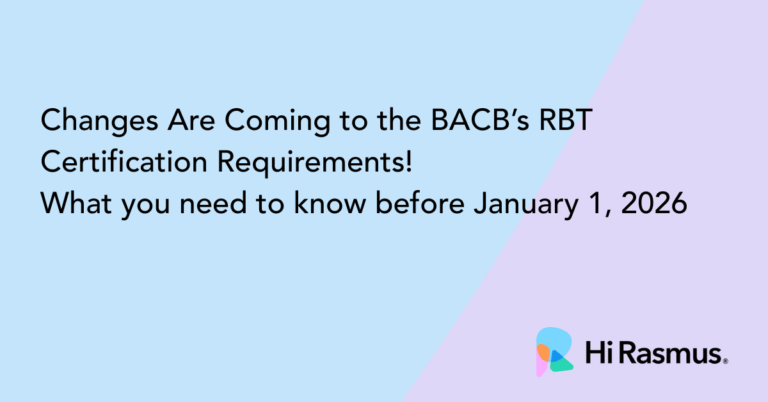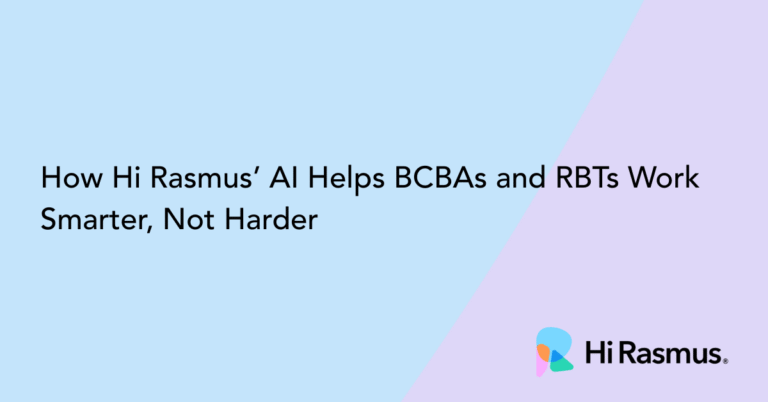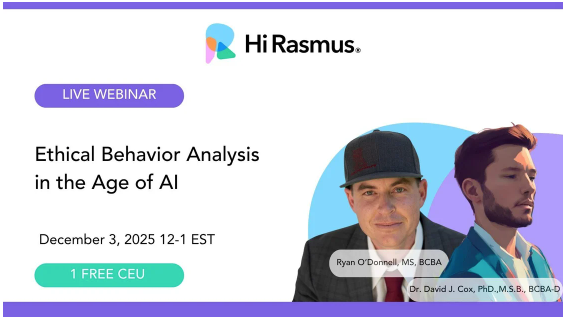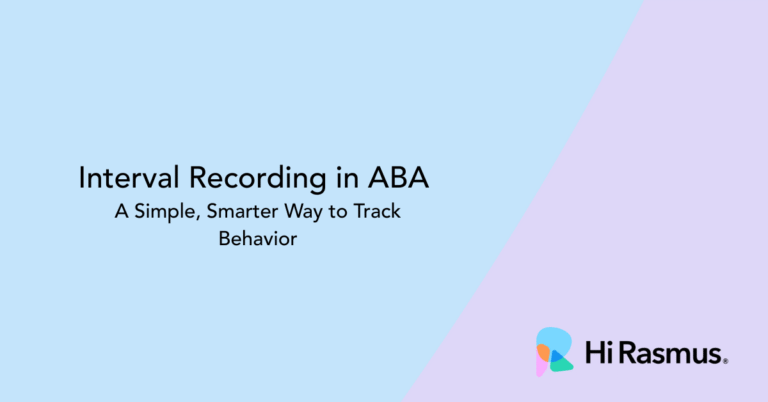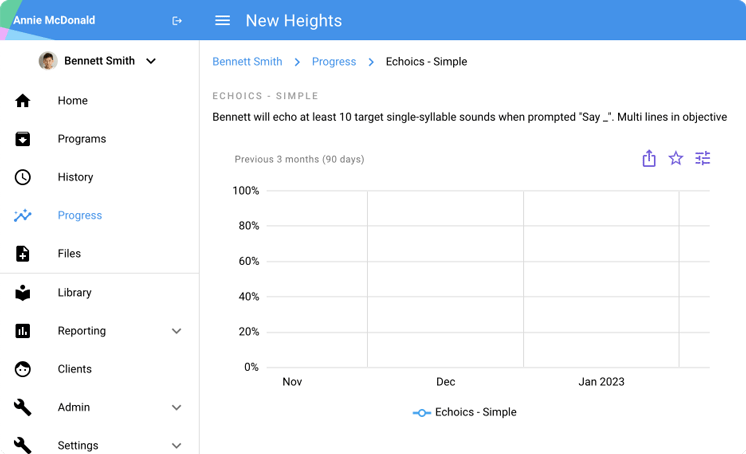As behavioral health professionals face increasing administrative demands, artificial intelligence tools like ChatGPT offer promising solutions to streamline workflows while maintaining quality care. Dr. Laura Grow, Executive Director of Garden Academy, recently shared practical insights on integrating AI ethically into behavioral health practice during Hi Rasmus’s webinar on responsible AI use.
Why Behavioral Health Teams Are Turning to AI Tools
Garden Academy, a specialized school serving 36 students with autism through one-to-one support, exemplifies how smaller organizations can leverage AI to address administrative challenges. With limited support staff wearing multiple hats from HR to financial analysis, the leadership team adopted AI tools to handle time-consuming tasks that don’t directly advance their mission of supporting children with autism.
The appeal is clear: AI enables professionals to focus on higher-quality work that requires clinical judgment and specialized training, while automating repetitive administrative tasks. This shift allows behavioral health teams to dedicate more time to what matters most—the child in front of them.
Essential Ethical Considerations for BCBA Practice
BACB Guidelines and Copyright Compliance
The Behavior Analyst Certification Board (BACB) updated its terms of service in July 2024, specifically prohibiting the use of copyrighted BACB materials to train large language models. This means behavioral analysts cannot upload ethics codes or other proprietary BACB content to create custom AI tools, even for seemingly beneficial purposes like ethics consultation.
Privacy and Confidentiality Requirements
Protecting client data remains paramount when using AI tools. Key principles include:
Never input protected health information directly into AI systems. Even paid ChatGPT workspace accounts that don’t use data for training are not HIPAA or FERPA compliant.
Implement rigorous redaction procedures. Remove all identifying information, including names, contact details, and any data that could link back to specific clients or families before using AI assistance.
Be aware of hidden metadata. Documents created on personal computers may contain embedded information like creator names and email addresses that could inadvertently expose confidential details.
Practical AI Applications for Behavioral Health Teams
Staff Training and Supervision
AI proves particularly valuable for developing training materials. Behavioral skills training scenarios, ethical dilemma discussions, and role-play situations can be generated efficiently while maintaining clinical accuracy. Teams can create diverse examples and non-examples for specific skill acquisition programs, saving considerable preparation time.
Documentation and Administrative Tasks
Rather than starting from scratch, behavioral health teams can use AI to refine existing materials. Examples include improving handbook clarity, checking policy consistency across documents, and reformatting progress reports for better family comprehension. Research shows parents prefer pie charts and bar graphs over line graphs. AI can help transform complex data presentations into more accessible formats.
Human Resources and Communication
Garden Academy has successfully used AI to draft performance improvement plans and disciplinary documentation after establishing a bank of attorney-reviewed templates. The system generates initial drafts that require human review but significantly reduces the time investment for HR tasks.
Effective Prompting Strategies for Quality Output
Provide Context and Audience Information
Think of AI interactions like setting a scene in a play. Include background information, specify whether the content is for internal use or family-facing communication, and define the desired tone and style. This contextualization dramatically improves output quality.
Start Small and Iterate
Rather than attempting complex, multi-part requests, begin with smaller tasks to ensure the AI understands your requirements. If the output goes off track, it’s often more efficient to start a new conversation than try to correct course.
Request Prompt Improvement
Before asking AI to complete a task, request suggestions for improving your prompt or ask what additional information would enhance the quality of the response. This collaborative approach often yields better results.
Include Constraints and Limitations
Specify what you don’t want in the output. Whether avoiding certain words, excluding particular recommendations, or maintaining a specific formatting style, clear constraints help AI deliver more targeted results.
Custom GPTs: Specialized Tools for Recurring Tasks
Beyond general ChatGPT use, custom GPTs can be developed for specific organizational needs. Garden Academy has created specialized tools for task analysis generation, disciplinary document drafting, and complex email response assistance. These custom solutions require an initial time investment but offer significant long-term efficiency gains for frequently performed tasks.
Implementation Recommendations
Develop an AI Use Policy
Given the accessibility of AI tools, staff may begin using them without guidance. Establishing clear policies that outline approved uses, redaction procedures, and training requirements helps ensure ethical compliance across your organization.
Require Human Review and Critical Analysis
AI output requires rigorous human review, regardless of quality. Verify all factual claims, check references and page numbers, and ensure clinical recommendations align with evidence-based practices. Large language models can produce convincing but inaccurate information, making professional oversight essential.
Start with Administrative Tasks
Begin AI integration with administrative functions rather than clinical decision-making. Document review, policy analysis, and communication drafting offer low-risk opportunities to experience AI benefits while maintaining appropriate professional boundaries.
Looking Forward: The Future of AI in Behavioral Health
As HIPAA and FERPA-compliant AI solutions become more accessible and affordable, smaller behavioral health organizations will likely gain access to more sophisticated tools. Currently, the focus should remain on the ethical implementation of existing technologies while preparing for expanded capabilities.
The goal isn’t to replace clinical judgment but to eliminate time-consuming administrative barriers that prevent behavioral health professionals from focusing on their core mission: delivering high-quality, individualized support to children with autism and their families.
By thoughtfully integrating AI tools with appropriate safeguards, behavioral health teams can reduce administrative burden while maintaining the clinical integrity and personalized approach that defines quality autism services. The technology serves as a powerful ally in the mission to help more children thrive, allowing professionals to apply their expertise where it matters most.

